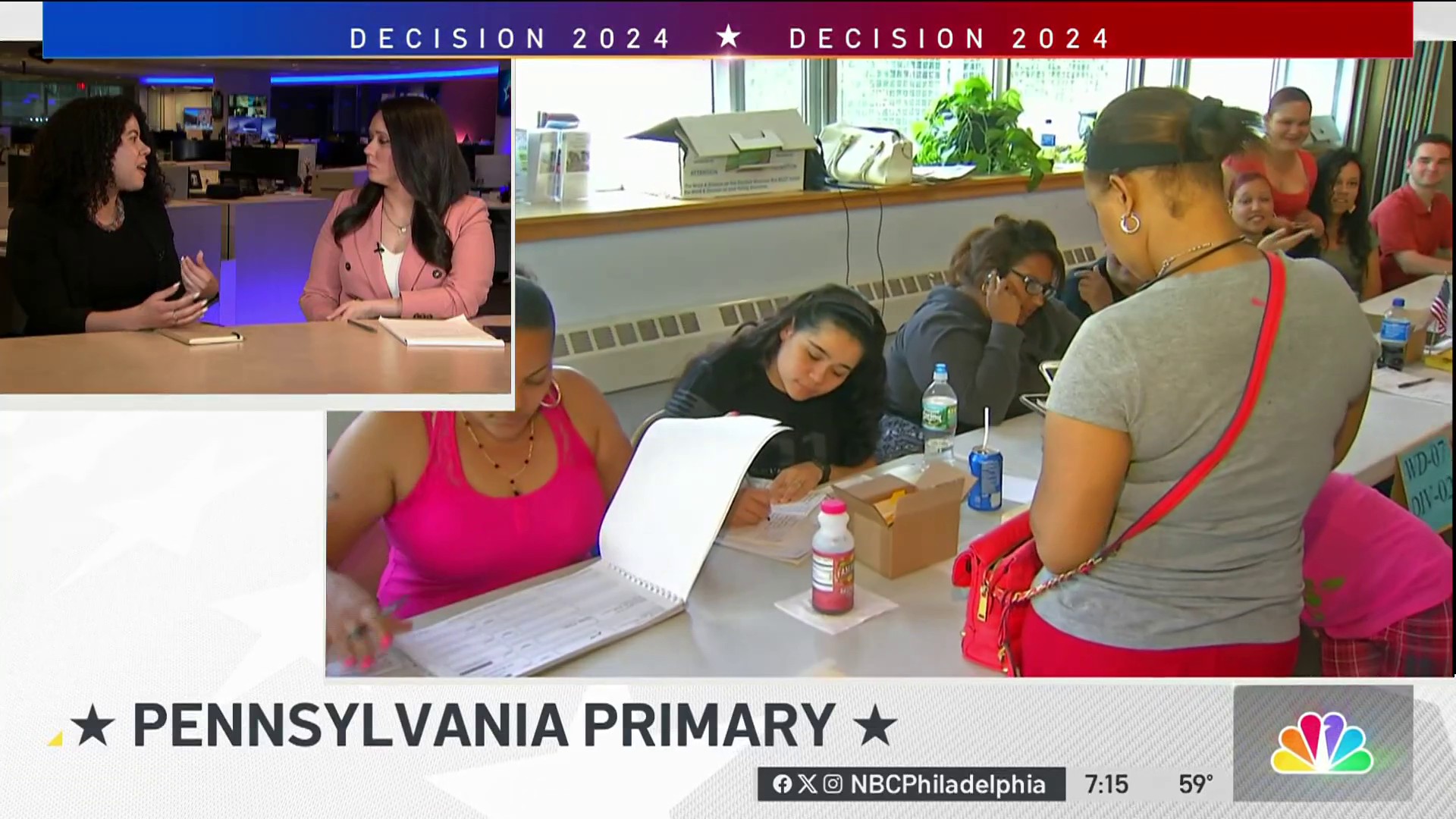The five-member commission redrawing the boundaries of Pennsylvania's state legislative districts voted to approve new maps for the next decade, with a focus on the state's fast-growing Latino population that could change the face of the predominantly white House and Senate.
The Legislative Reapportionment Commission voted 4-1 during their meeting in the state Capitol, with chairman Mark Nordenberg, the Senate's Republican leader and the House and Senate's Democratic leaders voting for it.
The vote came after nearly a year of meetings, hearings and closed-door discussions to carry out the constitutionally required, once-a-decade map-drawing to account for demographic shifts identified by the U.S. Census.
In comments before the vote, Senate Minority Leader Jay Costa, D-Allegheny, called it “truly a product for the public and by the public.” House Minority Leader Joanna McClinton, D-Philadelphia, called it a “fair, constitutionally sound map.”
Get Philly local news, weather forecasts, sports and entertainment stories to your inbox. Sign up for NBC Philadelphia newsletters.
Senate Majority Leader Kim Ward, R-Westmoreland, called the map “imperfect,” but said she was confident that it is constitutional.
Nordenberg, a Democrat and a former University of Pittsburgh chancellor appointed by the state Supreme Court, quoted testimony from an academic analyst who called a fair, if slightly Republican-leaning map.
He also quoted from a letter by Latino members of the Legislature that applauded the map and said it has nine districts “in which Latinos should be able to elect a candidate of their choice."
Politics
In addition to a growing Latino population, driving significant change is growth in Pennsylvania's southern and eastern areas that are increasingly liberal, and stagnant population in predominantly white northern and western areas represented by Republicans.
The lone dissenter, House Majority Leader Kerry Benninghoff, R-Centre, slammed it as an unconstitutional gerrymander designed to help Democrats. It will not improve minority representation and will lead to more gridlock and less competitive districts, Benninghoff said.
A legal challenge appeared likely, with less than two weeks to go before candidates can start circulating petitions in the new districts to get on the May 17 primary ballot.
The House and Senate maps approved and public for the first time Friday made adjustments to preliminary maps approved by the panel in December after a 30-day period for public comment and hearings.
Benninghoff also opposed the preliminary House map.
He proposed an alternative that, he said, would increase the competitiveness of districts in the Philadelphia suburb of Bucks County, keep more districts in the heavily Republican Juniata Valley in central Pennsylvania and reverse plans to split Allentown, Reading, Lancaster and Harrisburg.
Republicans have had the upper hand in at least the last two cycles of redistricting.
They also have held durable and substantial majorities in both legislative chambers for nearly all of the last three decades, even though Democrats hold a registration statewide and have won more statewide elections in that period.
___
Follow Marc Levy on Twitter at https://www.twitter.com/timelywriter and Mark Scolforo at https://www.twitter.com/houseofbuddy.



